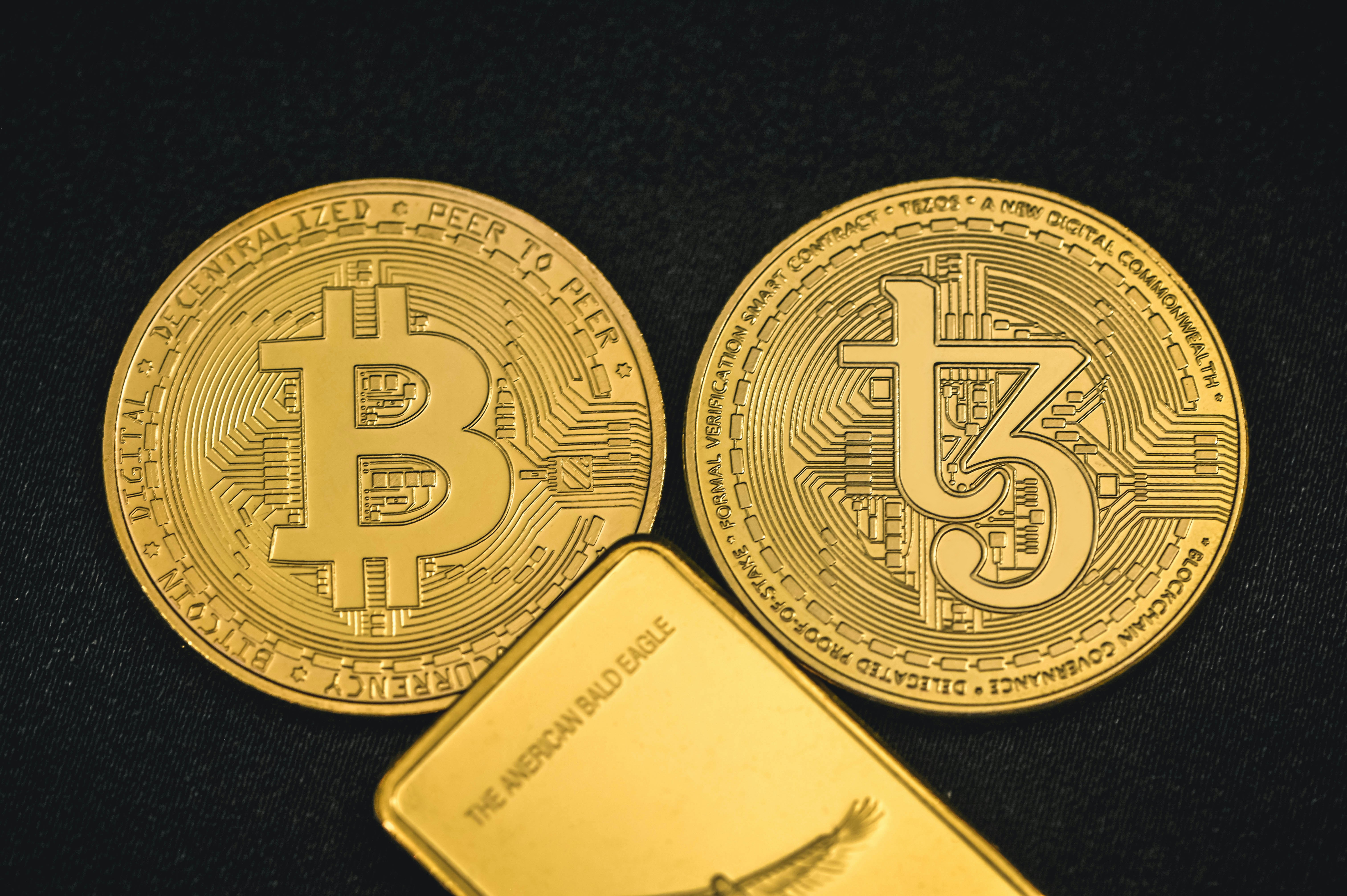What is the “Debasement Trade” and Is It Real?
The ‘debasement trade’ bets against fiat money—shifting to gold, real assets, and crypto to hedge inflation and currency erosion.
The debasement trade refers to an investment strategy that bets against fiat currencies, primarily the U.S. dollar, based on the expectation that central banks' heavy government borrowing and money printing (quantitative easing) will erode the currency's purchasing power. Investors in this trade typically shift capital into hard assets that are scarce or have intrinsic value, such as gold, silver, and increasingly, cryptocurrencies like Bitcoin, as a hedge against inflation and currency depreciation.
Historically, debasement referred to reducing the precious metal content in coins while keeping their face value the same, effectively lowering the currency's intrinsic value and leading to inflation. Today, it mainly describes a situation where central banks expand money supply aggressively, reducing the value of fiat money. The debasement trade thrives in such an environment, where investors seek protection from the anticipated loss of value of paper currency.
In practical terms, the debasement trade means buying tangible or scarce assets to preserve wealth when government monetary policies are expected to cause inflation and weaken fiat currencies. Recent surges in gold, silver, and Bitcoin prices reflect growing investor interest in this trade as inflation remains above targets and concerns about fiscal deficits increase globally.
In essence, it is a bet that fiat currencies will lose value and that owning assets not subject to debasement protects against this erosion of purchasing power.
How to Hedge Against Debasement
To hedge a portfolio against monetary debasement, investors typically focus on assets that preserve purchasing power and are less susceptible to currency erosion caused by excessive money printing and inflation. Key strategies include:
1. Invest in Hard Assets and Real Assets
- Gold and precious metals are classic hedges, retaining value during inflation and currency declines. Gold has recently surged to record highs amid debasement concerns.
- Commodities and real assets like real estate also tend to appreciate with inflation, offering a tangible store of value.
2. Diversify into Inflation-Protected Securities
- Treasury Inflation-Protected Securities (TIPS) and similar inflation-linked bonds provide income adjusted for inflation, protecting against loss of purchasing power.
3. Include Cryptocurrencies
- Bitcoin and other cryptocurrencies are increasingly seen as digital gold—scarce assets outside the traditional financial system that may hedge against currency debasement, though with significantly higher volatility.
4. Use Currency Hedging Tactics
- For portfolios with multinational exposure, strategic currency hedging or reducing reliance on the U.S. dollar can mitigate currency risk from monetary debasement and USD weakness.
5. Employ Options and Diversification
- Some investors use protective put options on equities to hedge downside risks during volatile economic conditions.
- Broad diversification into global stocks, bonds, and alternative assets helps reduce dependency on any one currency or asset class – though currency exchange values can erode gains.
Summary
The most effective hedges combine real assets, inflation-linked bonds, and currencies or instruments that perform well amid monetary expansion and fiscal deficits. Investors should balance potential returns with risk tolerance, noting some assets like gold and crypto can be volatile but provide protection against long-term debasement risks.
In essence, a well-designed portfolio hedge against monetary debasement involves owning scarce, tangible, or inflation-adjusted assets, complemented by diversification and active currency risk management.


